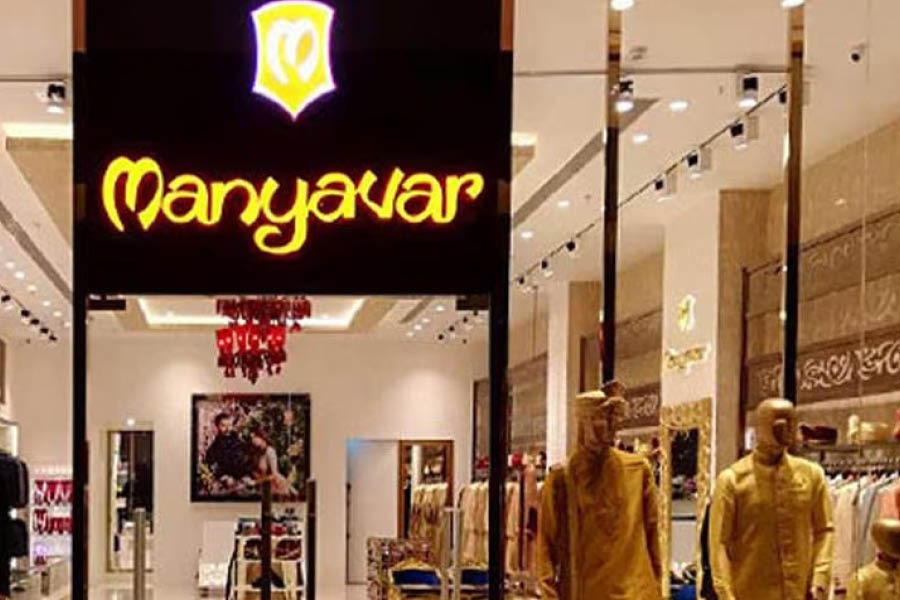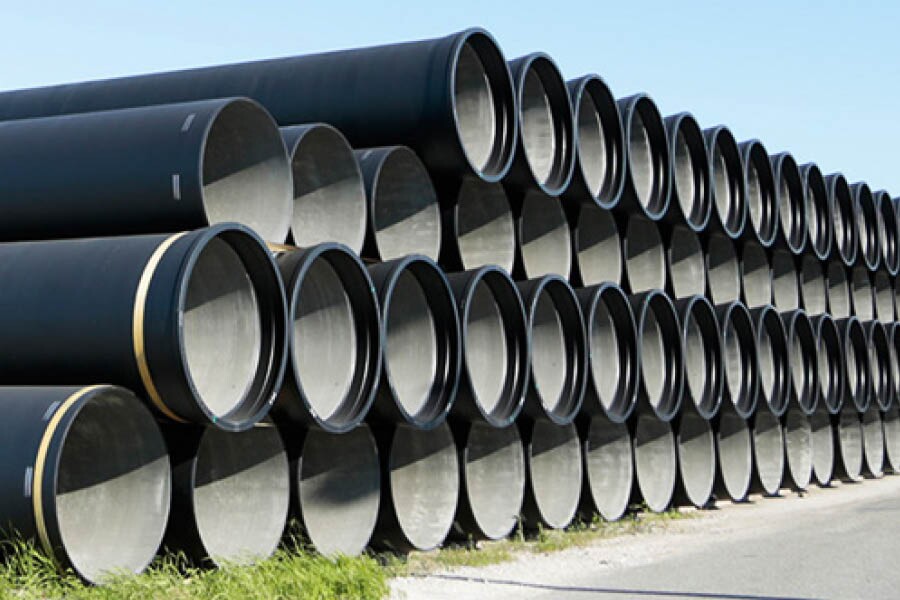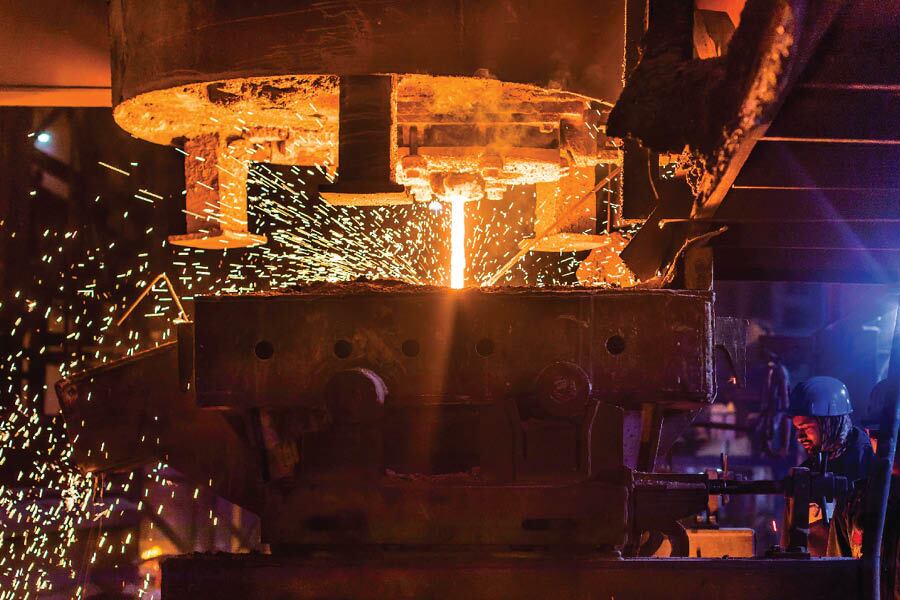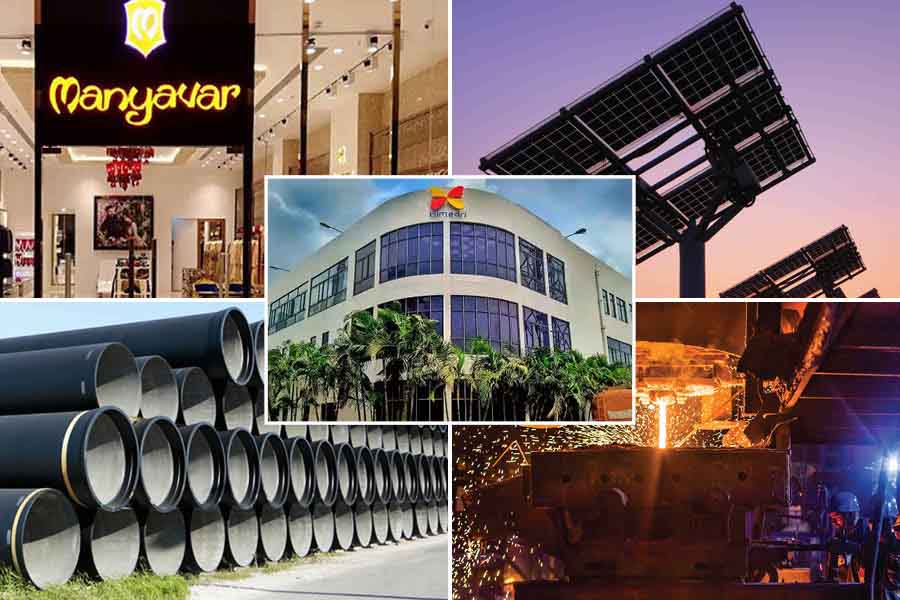For a city often dismissed as an industrial cemetery, I have come across five remarkable Calcutta wealth creators that are making the country ask that disbelieving question: ‘Are you sure they are from Calcutta?’
Vedant Fashions

Vedant Fashions markets Indianwear around the Manyavar brand. For every rupee of sale, the company takes home 40 paise in pre-tax profit. That is not just creditable; it is insane
This is the company that markets Indianwear around the Manyavar brand. If you think that this was just a silaai-bunaai of no serious consequence, think again. The company is valued by the stock markets at more than Rs 27,000 crore (an old economy company like CESC with a century’s operating pedigree was valued at Rs 22,436 crore last week by way of comparison) and with good reason: On a turnover of Rs 1,368 crore for the financial year of FY24, Vedant reported a pre-tax profit of Rs 548 crore. This means that for every rupee of sale, the company takes home 40 paise in pre-tax profit. That is not just creditable; it is insane. Even better, the company reported a Return on Capital Employed of nearly 85.3 per cent (compare this with an 8-9 per cent you get on a fixed deposit), which must be among the highest across any company with a revenue in excess of Rs 1,000 crore.
There are number of reasons for this case study-like performance: the company created a market for Indianwear in the country’s organised segment; the company does not own any retail store and operates largely out of franchised establishments in exchange for lower overheads; the company invested disproportionately in information technology that makes it possible to know exactly who brought when of what in which colour / size and where, so that when you next walk in to a Vedant store, the sales person is likely to greet you by name and ask whether you would need something similar to what you brought the last time or try something new. The company does not have any net debt on its books and paid out Rs 215 crore as dividend for FY24, a little more than half its net profit. The Manyavar brand does not have more than 4% unsolds in inventory (which tells me that its designers must be stars at this company) and does not provide a discount. The company’s executives and founder turn up to work in kurta-pyjama. The neighbourhood (Canal South Road) of the company’s head office is so modest that you may seek to check Google Maps about whether you reached the right location. There are more cargo vehicles near the office building entrance than Mercedes or Honda Citys. The founder Ravi Modi comes once in a while to office (proving that the business can be delegated). He is hardly seen in public, and most people would not be able to recognise if they saw his picture.
Websolar

In the first quarter of the current financial year, Websol Energy Systems reported Rs 111 crore in revenues accompanied by eye-popping profitability
SL Agarwal embarked on the manufacture of solar photovoltaic cells in Salt Lake in his early fifties; the man is in his late seventies and is only now beginning to see the sun rise. This is his story: the company entered the business convinced that the world would embrace his product. He possibly missed one reality: the price of renewable energy was way higher than thermal power accessed through the grid (so only those countries brought his product where renewable energy was subsidised by the government). Agarwalji began using conventional reclaimed wafers that came cheap from the semiconductor industry; thereafter, he stripped the coating on conventional reclaimed wafers to use those wafers; as reclaimed wafer supply declined, he brought solar grade wafers, but then the technology of his product had shifted one entire generation. Each time he invested in a higher technology generation to play catch up, he would get a few years of peace and then the technology would change again: from mono-crystalline semi-conductor wafers to virtuous wafers (monocrystalline and multi-crystalline) and then multi-crystalline wafers. He should have ideally given up servicing the debt, capacity expansion and technology obsolescence as he got older. A couple of years ago, he was faced with the biggest challenge of his career: the need to scrap all his equipment, invest in the new – or die.
Agarwalji took an unusual decision: he shut operations; he reported a loss each quarter; he graduated from the legacy multi-crystalline cell technology to the next generation Mono PERC. If that was not enough, he planned to double his solar cell manufacturing capacity to 600MW. It was like changing the engine of the car and then deciding he needed a bigger one.
Agarwalji bet his last vest on the future and company. He raised debt for the new technology and expansion. The sun finally rose after three decades: Websol is sold out for the new photovoltaic cells months ahead; he has protected himself from marketplace variations through a de-risked conversion arrangement; he is expanding at a relatively low cost because he is doing all this in his existing Falta factory; he now wants to make the raw material going into solar cells within his company as well.
In the first quarter of the current financial year, Websol Energy Systems (his listed company) reported Rs 111 crore in revenues accompanied by eye-popping profitability (nearly 40 per cent EBITDA margin). He is well on his way to add another 1,200 MW to his existing capacity next year and yet another 1,200 MW to his capacity in 2026. When it has 3 GW of capacity operational three years from now, it could be among the five largest solar cell companies in India.
The stock market has kind of woken up to this energy-driven septuagenarian: the Websol stock that was priced at less than Rs 100 on the markets closed at in excess of Rs 800 a few days ago, giving the company a valuation of more than Rs 3,000 crore. Remember that the company was dismissed as dead a year ago.
Jai Balaji Industries Limited

Jai Balaji Industries was valued in excess of Rs 16,000 crore a few days ago
This company was one of the young turks of the country’s steel sector more than a decade and a half ago. Then came the sectorial depression; virtually every steel company lost money; most could not repay their debt; the unpaid debt-cum-interest ballooned; for most companies, the penal quantum was larger than the original liability. Jai Balaji was one of them. Revenues declined from Rs 3,000 crore to Rs 1,300 crore; net worth declined from around Rs 1,000 crore to a minus Rs 1,733 crore. Most analysts said the company would be referred to NCLT where it would be picked up hungry bidders. In a defining moment, the promoter family took a gutsy call: it sold most of its ancestral properties with emotional value and bet its last rupee on retaining control and saving the company. Something else helped: all suppliers who had been treated fairly in the past – recall of ‘zubaan ka pakka’ – came round to help. The company needed to import raw materials; the suppliers in a faraway land heard ‘Jai Balaji’ and agreed to provide without a protecting letter of credit.
Besides, Jai Balaji invested in new product development even when it was not making money. When the sectorial cycle turned – driven by increased government spending – JBIL realised that from then on, it was a second innings. For a company whose senior managers did not print additional visiting cards because they were not sure whether they would ever be required, the story transformed: the company reported Rs 6,413 crore of revenues in FY24 and a profit before interest depreciation and tax in excess of Rs 1,000 crore. For a company that struggled to fund overheads, it has embarked on a Rs 1,000 crore expansion out of its earnings. For a company that could not pay its interest on existing debt, the company seeks to become debt-free in a couple of years.
The stock market has kind of woken up: the company was valued in excess of Rs 16,000 crore a few days ago. What strikes me as curious is that the company continues to operate out of what once used to be their home on Bentinck Street. Everything at Jai Balaji has changed, except the address and the destination.
Shyam Metalics

Shyam Metalics embarked on a strategy to China-proof itself well before steel imports increased, and was valued at Rs 16,477 crore a few days ago
This company is positioned as a non-cyclical company in a cyclical sector. This is because it has been ‘made’ differently – a unique metals company, comprising ferrous and non-ferrous exposure. There is possibly no other Indian company in the space of metals, stainless steel, aluminium foil, ferro alloys, power generation (for captive needs) and supporting infrastructure. While these may appear to be unrelated businesses at first glance, there is a common thread: these businesses are adjacent: the finished product of one becomes raw material for the other; the different products are made in the same facilities and often for the same customers.
Shyam Metalics embarked on a strategy to China-proof itself well before steel imports increased. The company manufactured products that China would not export; it marketed much of what it produced within a few hundred kilometres of its manufacturing plants; it invested in niche speciality non-commodities (low carbon ferro chrome); it built on being the lowest cost producer of a range of products. The stock market valued this company at Rs 16,477 crore a few days ago. Here too, the name of the managing director, Brij Bhushan Agarwal, is what most Calcuttans would struggle with or draw a blank when seeing his photograph. When an entire social class of the city is attending party after party and posing for the paparazzi, this man is busy planning his next Rs 5000-crore expansion.
Himadri Chemicals

Himadri Speciality Chemicals is an outlier: more than Rs 4,000 crore in revenues, more than Rs 600 crore in EBIDTA in FY24
One would have thought that all serious chemical companies would be in Dahej or Ankleshwar in Gujarat. Himadri Speciality Chemicals has proved to be a contrarian – by being located in Mahisatikri off Kolkata. The company is an outlier: more than Rs 4,000 crore in revenues (more than doubled since FY20), more than Rs 600 crore in EBIDTA in FY24, most end products used as raw materials in the manufacture of different downstream products and now extending into the manufacture of tyres following the acquisition of Kesoram’s tyre business. What makes it comparable to the Jai Balaji story is its address – in Kolkata’s congested central business district where your biggest worry is ‘Where will I park my car?’ But, maybe, that is precisely the kind of credentials that Peter Lynch would have warmed up to – saving money, living modestly – and immediately bought the stock. The company was valued at around Rs 23,000 crore last week.
